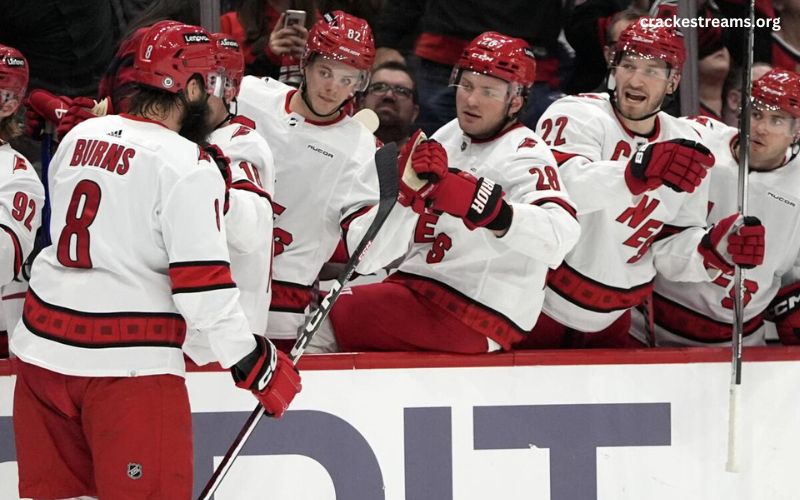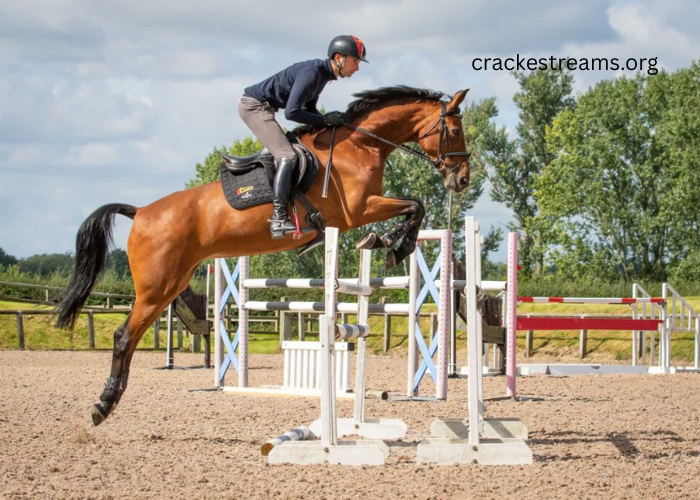Hockey is a sport beloved by millions around the world for its fast-paced action, physicality, and skillful gameplay. Whether you’re a die-hard fan or just a casual observer, one common question that often arises is: How long does a hockey game last? In this article, we’ll delve into the various factors that contribute to the duration of a hockey game, from the standard regulation time to potential overtime periods and beyond.
Regulation Time
A standard hockey game consists of three periods, each lasting 20 minutes of playtime. However, it’s important to note that the actual duration of a period can be longer due to stoppages in play, such as penalties, timeouts, and intermissions. These stoppages allow players to rest, strategize, and maintain the integrity of the game.
Intermissions
Between each period, there is typically a break known as an intermission. Intermissions in professional hockey games usually last around 15 to 20 minutes. During this time, players head to the locker rooms to rest, hydrate, and receive any necessary medical attention. Meanwhile, fans may take the opportunity to grab refreshments, visit the restroom, or engage in other activities within the arena.
Stoppage Time
While the duration of a period is officially set at 20 minutes, the actual time it takes to complete a period can vary significantly. This is due to stoppages in play, which occur when the game is paused for various reasons. Common examples of stoppages include icing, offside calls, and penalties. Additionally, referees may choose to stop the clock for incidents such as player injuries or equipment malfunctions.
Penalties
Penalties in hockey can result in additional stoppage time and alter the flow of the game. When a player commits a penalty, such as tripping, slashing, or interference, they are required to serve time in the penalty box. Depending on the severity of the infraction, penalties can last for two minutes, five minutes, or even result in ejection from the game. During a power play, when one team has a numerical advantage due to a penalty against their opponent, the clock continues to run unless there is a stoppage in play.
Overtime
In the event that the score is tied at the end of regulation time, hockey games may proceed to overtime to determine a winner. Overtime periods vary depending on the league and level of play. In the NHL, for example, regular-season games proceed to a five-minute sudden-death overtime period, during which the first team to score wins the game. If neither team scores during overtime, the game proceeds to a shootout, where players take turns attempting to score on the opposing goaltender.
Playoff Overtime
In playoff games, the stakes are higher, and overtime periods can be even more intense. Unlike regular-season games, playoff overtime periods in the NHL continue indefinitely until a team scores, resulting in a sudden-death victory. This can lead to epic battles that last well beyond the standard 60 minutes of regulation play. Some of the most memorable moments in hockey history have occurred during playoff overtime, with players and fans alike on the edge of their seats until the final goal is scored.
Conclusion
In conclusion, the duration of a hockey game can vary depending on several factors, including regulation time, intermissions, stoppages, penalties, and overtime periods. While a standard game consists of three 20-minute periods, the actual time it takes to complete a game can be influenced by numerous variables. Whether you’re watching from the stands or following along from home, the excitement of hockey lies not only in the goals scored but also in the unpredictability of its duration and the thrill of every moment on the ice.




